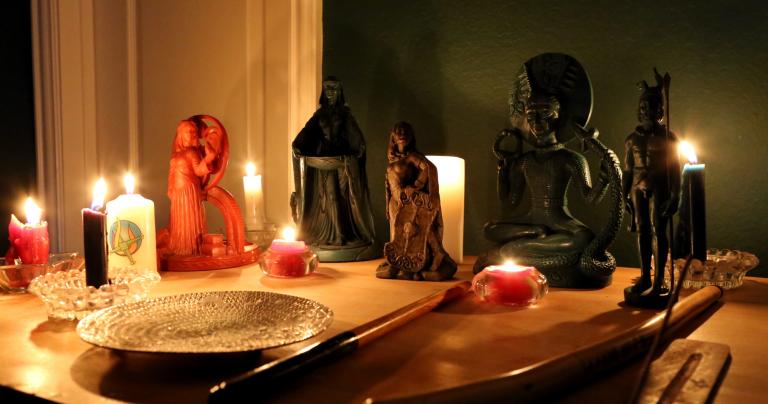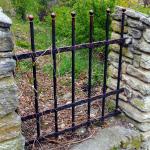The first cathedral I ever visited was Westminster Abbey in London. The biggest impression I had was of its history. I had learned a bit of English history in school and much of what I saw was familiar. Yet the unescapable fact remained: this was a sacred place.
Later on I would visit other cathedrals and churches of Europe, including several on a recent trip. I’m a Pagan and a polytheist, but visiting these places still moves me. Especially in the aftermath of the fire at Notre Dame, I’d like to explore some of my thoughts and feelings on these temples to a God who is not mine.
Let’s get one thing out of the way up front: while I am no longer a Christian, I have no animosity toward the Christian religion. I have plenty of animosity toward fundamentalism and toward the abuses that have taken place most notably in Catholicism but also in every denomination. But that doesn’t keep me from appreciating Christian structures and art. If you can’t separate the two you may want to stop here and go read something else.
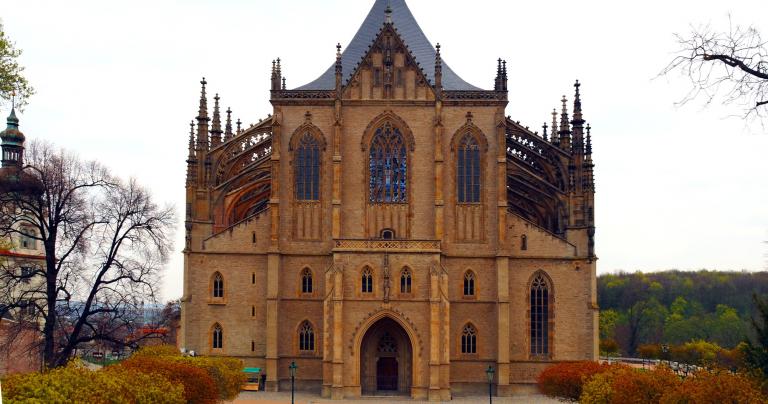
Temples to another God
The word “temple” is rarely used in Christianity. The buildings we’re talking about here weren’t built as shrines to the Christian God so much as gathering places for the Christian faithful. A church is not a temple.
And a temple is not a church. The temples of our Greek, Roman, and Egyptian ancestors were not places for weddings and funerals, or for teaching and preaching. They were homes for Gods. Temple priests and priestesses were there to perform the rites necessary to maintain proper relations between the Gods and Their people, not to serve a congregation.
And yet, when I walk into these centuries-old churches, I feel like I’m in a temple.
When they were built, these churches were full of worshippers. Today they’re full of tourists. Most of them hold Sunday services, but few have active congregations of more than a handful of (mostly elderly) members.
The buildings are enormous, not to accommodate throngs of worshippers but to declare the wealth of the city and the depth of their devotion to their God. The artwork is extravagant. It varies from location to location, but at its best it’s far more than anything in any church in this country.
Surely this is what it was like to walk into a temple in ancient Athens or Babylon or Karnak. The details are different, of course. Different theologies dictate different architecture and different decorations. But the magnitude of the experience must have been very similar: this is a sacred space. This is the home of Someone bigger than even the most powerful human.
I’ve visited the ruins of several ancient Pagan temples. They are still places of power and reverence. Perhaps someday they will be restored, but for now they are ruins, not active places of (at least occasional) worship.
These cathedrals are.
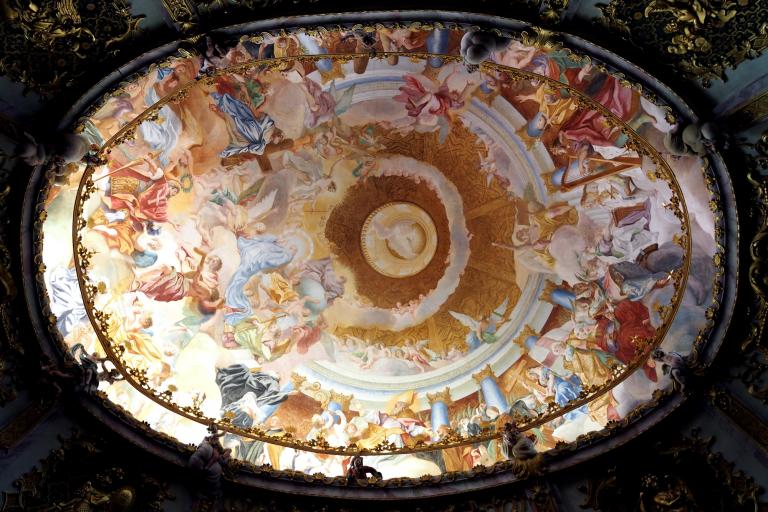
Temples have always been costly
If you bring up cathedrals it won’t be long before someone starts complaining about the cost. I’ve seen people arguing that Notre Dame should not be rebuilt. Instead the money should be “given to the poor.”
But temples have always been costly. They took decades if not centuries to build. They were built by master craftsmen using precious materials. The Pantheon, the Parthenon, the Temple of Artemis at Ephesus – they all cost “too much.” Thousands of years later they still inspire people of all religions.
Six years ago the First Baptist Church of Dallas (home of Rev. Robert Jeffress, one of Trump’s evangelical lackeys) built a new “worship center.” It cost $130 million. And it looks like an office building. Will anyone be giving tours of this church in 500 years? No, because it won’t last that long.
The people of the city where I live (a rapidly growing suburb) voted to spend $70 million on a high school football stadium. People who have money will always spend it on what they value. If the money wasn’t spent on temples it wouldn’t be spent on whatever you think is a more worthy cause. It would simply remain in the pockets of the rich.
Some of us value our Gods and our religions.
But so far we haven’t built any temples.
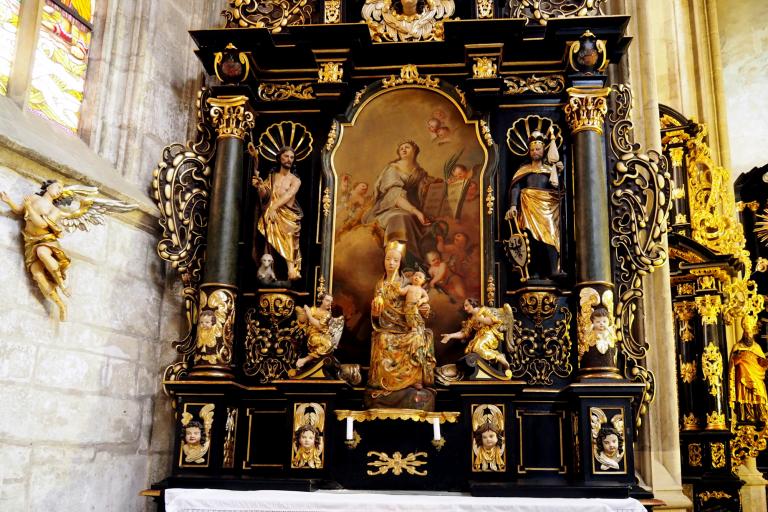
The triumph of the Word
Evangelical preachers like to rant about the empty churches of Europe. They’re not wrong. Both of our tour guides in Prague mentioned that the Czech Republic is 80% atheist. Meanwhile in the United States, where iconoclastic “low church” Protestants dominate, Christianity is still going strong.
They have a point. Great temples didn’t save Greek and Roman Paganism from the Christian onslaught, and great churches didn’t save Christian Europe from atheism.
Beautiful sacred spaces are not enough to insure a vibrant religion.
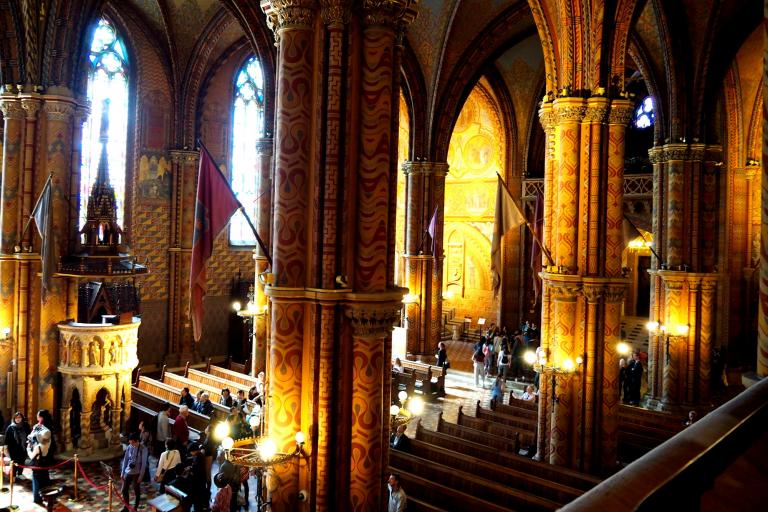
The decline of the Word
20 years ago Evangelicals could claim that preaching a hard and literal doctrine was the cure for decline. They were growing, while the more moderate mainline Protestants weren’t. No more. Now Evangelicals are shrinking too.
The reasons for this decline and their relevance to modern Paganism are beyond the scope of this post. But just as majestic temples will not preserve a religion, neither will mindless fidelity to a doctrine meant for a long-dead era.
Temples alone will not restore our Pagan and polytheist religions. But neither will pretending that “just stick to the basics” is all we really need.
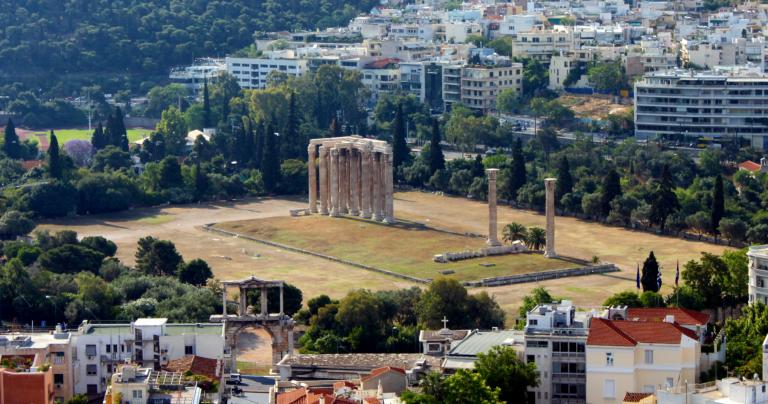
Temples for our Pagan future
When most Pagans talk about temples what they really mean is churches – places for people of a given tradition to gather for common worship and mutual support. They want priests who are pastors, not servants of their Gods. Or they want none of the above.
That’s not what our ancestors had. Is it what we need here and now? Or is this simply a lack of imagination, wanting what we see the big established religions have? I suspect it’s a bit of both.
Here’s what I know. Our Gods are as worthy of beautiful shrines as the Christian God. We don’t have the resources to build cathedral-sized structures, at least not yet.
But every one of us has the ability to build a shrine, an altar, or some other tribute to the deities who support us in our practices and in our lives. We have the ability to make works of art, or to commission works of art.
They may never become the Pagan equivalent of a cathedral.
But they can be beautiful.
And they can be enough.


